A feasibility study is a comprehensive analysis conducted by the management or client before starting a new endeavor to assess its viability and potential for success. It examines various factors, e.g., market demand, technical requirements, financial resources, operational capabilities, legal and regulatory considerations, risks, etc.
A feasibility study analyzes the practicality of a proposed venture and assesses its likelihood of successfully providing the intended benefit.
The feasibility study helps businesses determine whether the endeavor is possible. It provides vital insights and guides businesses to make an informed decision.
How to Conduct a Feasibility Study
You can follow the following steps to conduct the feasibility study for your new venture:
1. Preliminary Analysis
The feasibility study itself requires a lot of effort and resources. So, in this stage, you will justify whether to proceed with the feasibility study and reject ideas that do not align with your long-term goal, or whether it is simply not feasible.
Here, you will create a high-level outline for the proposed endeavor, target market, and any other unique features, requirements, benefits, etc., of the idea. You will find the risks and any obstacles that can affect the endeavor.
If the high-level analysis so far suggests a positive outcome, you will proceed to the next step.
2. Scope Definition
Now that you have decided that the idea is worth pursuing, you will define the complete scope of work for it. This will include the work required to complete the endeavor, timeline, duration, milestones, deliverables, deadlines, etc.
If the endeavor is a project, the scope will include the project and product scope.
3. Market Research
Here, you will study the market for the proposed endeavor. If the market is already saturated or there is demand for the product, the product will create a new niche market. This is crucial that you get this analysis right.
You will study the competitor, their product performance, and their strategies.
4. Operational Feasibility
Evaluate the proposed endeavor’s operational aspects to determine its compatibility with existing systems, processes, and capabilities. Identify any operational risks or constraints that may impact the proposed venture.
5. Financial Analysis
Financial analysis is the key to feasibility analysis. In financial analysis, you will find the cost invested in the proposed endeavor and the benefit you will receive from it. The benefit can be tangible or intangible. Tangible benefits are cost profit, and intangible benefits can be brand recognition. In other words, you will conduct a cost-benefit analysis.
If the project is financially viable, you will proceed with it.
6. Alternative Analysis
An idea or proposal can have many solutions. You will find those solutions, analyze them, and compare them against the offered solution. If the alternative solutions provide a better solution, you can choose the alternative path to achieve your goals. I have often seen alternative solutions provide a better path than the originally envisaged one.
After completing the alternative analysis, you will reassess the whole process to fill the missing information, and knowledge gaps and recheck the quality of the data to ensure the robustness of the feasibility analysis process.
7. Conclusion
This is the final part of the feasibility study. In it, you will provide the results of your feasibility study and your detailed reasons for selecting or rejecting the offer.
Summary
Conducting a feasibility study is a cornerstone of the strategic decision-making process. This process demands meticulous attention, comprehensive analysis, and a forward-thinking mindset. Businesses use this process to get insights into the viability and drawbacks of the proposed endeavor. When equipped with this knowledge, they can navigate uncertainties with confidence, capitalize on opportunities, and ensure sustainable success.

I am Mohammad Fahad Usmani, B.E. PMP, PMI-RMP. I have been blogging on project management topics since 2011. To date, thousands of professionals have passed the PMP exam using my resources.

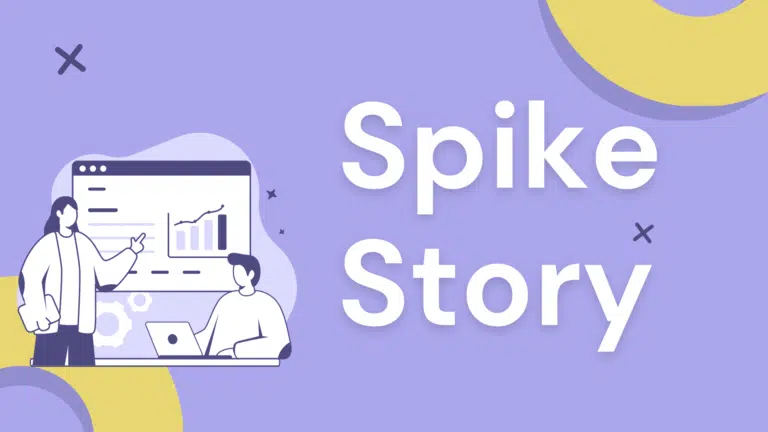
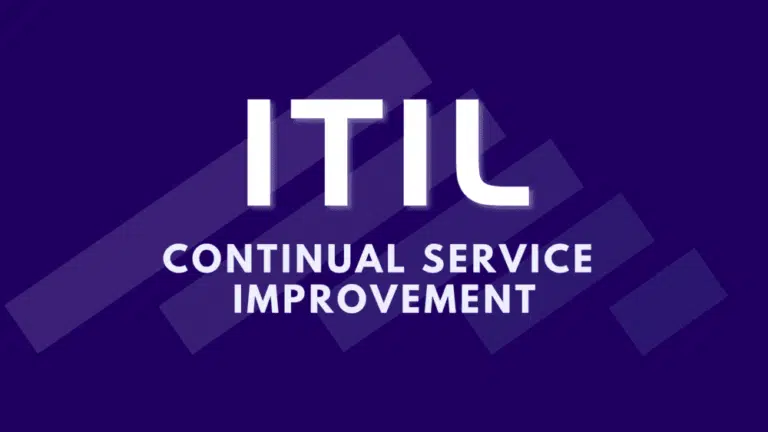
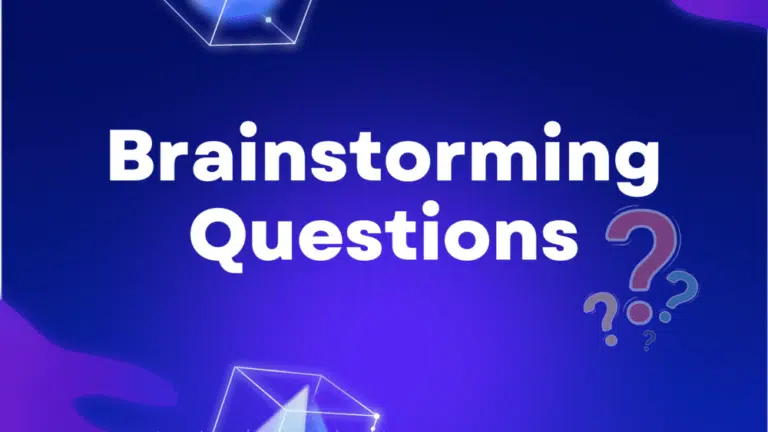
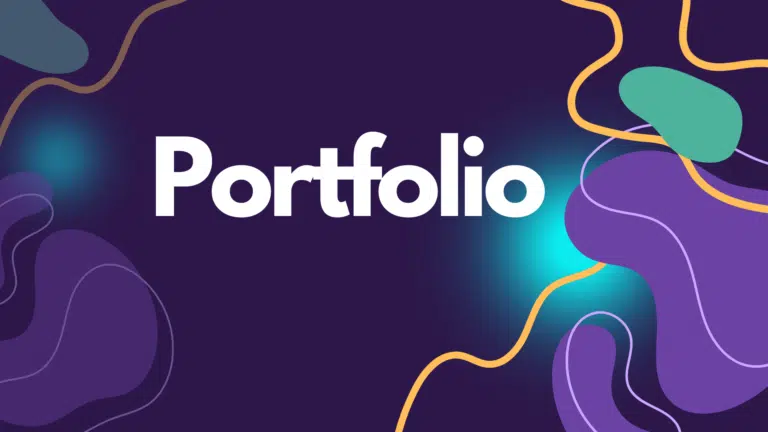
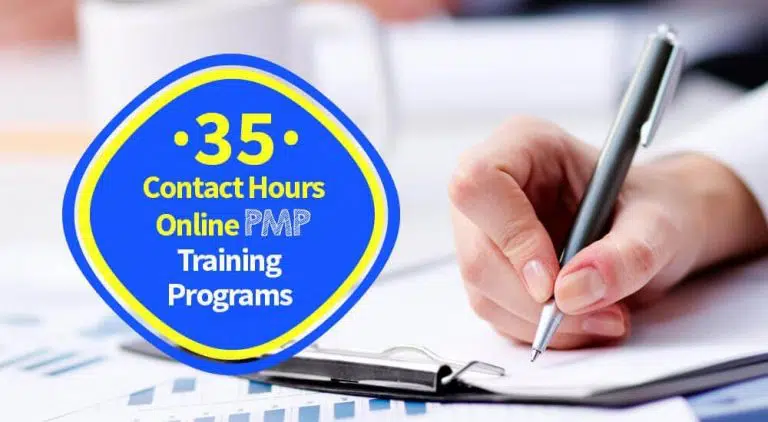
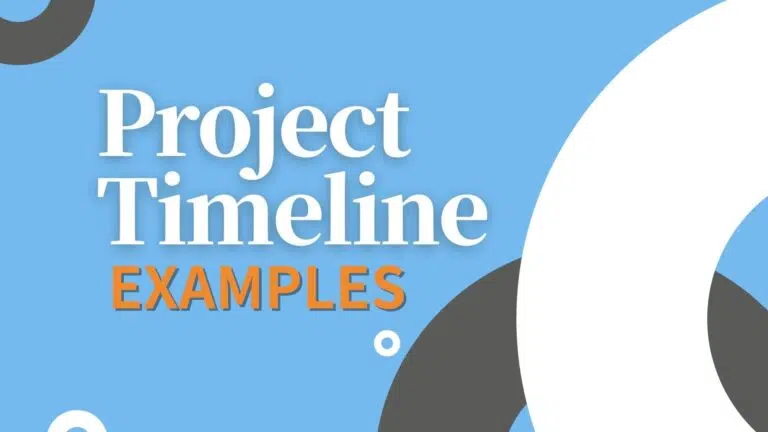
Its good on theory. But it is advisable to have on mathematical study based on efforts, cost, resource with SPC etc. Will be delighted if you can share something on feasibility study based on mathematical calculation?